One day, I visited an exhibition held at Sesshinin in Hakata. I was not expecting to see dyeing products, but it caught my attention.
Sarasa Kino is a young textile dyeing artist. I had a chance to sit with her and ask many questions. I hope you enjoy it as I did!
Interviewer: After graduating from school, you started your career as a textile dyeing artist.
Sarasa Kino: Yes. I studied dyeing and weaving for 4years.
I: What did you do exactly?
S: I learned typical Japanese traditional techniques of dyeing and weaving, then created textiles using the methods.
I: What was the most fun project?
S: I had a class to make Yukata and Obi from scratch in my junior year. It was challenging. But when I looked at what I made, I was thrilled. Finally, I could give credit for my work.
I: What was the reason you chose to be a textile dyeing artist?
S: I have liked patterned cloth and designs since I was a kid. I wanted to study patterns, and I wanted to design patterns myself. That is why I chose a school that has a textile art major.
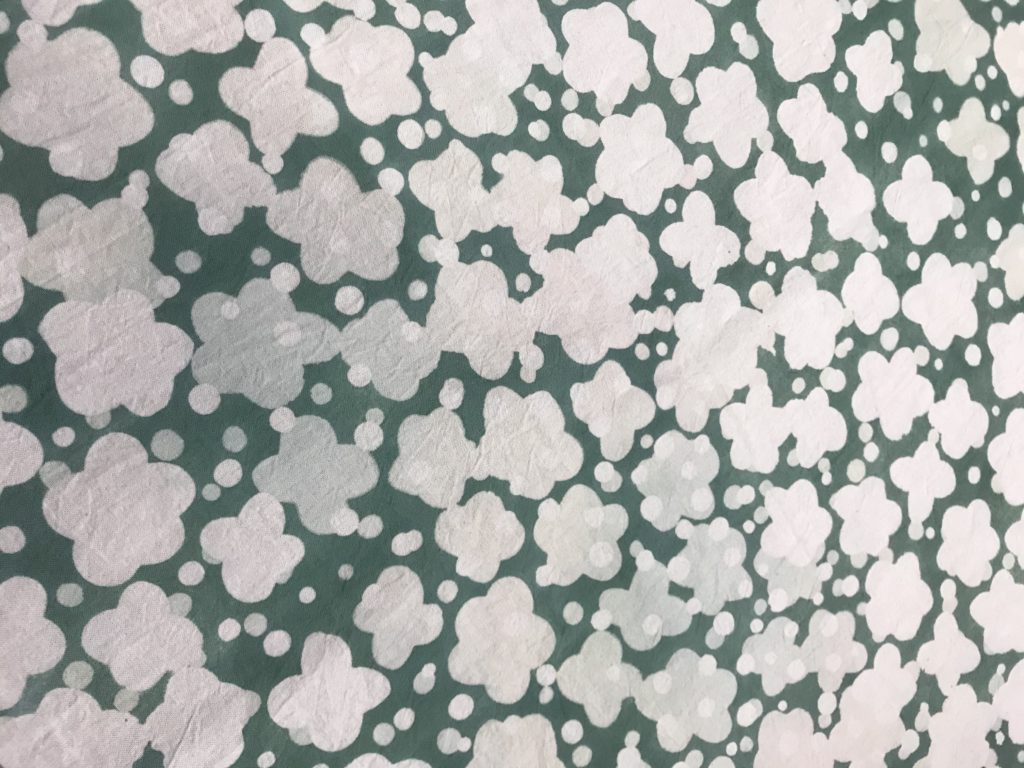
I: What got you interested in patterns?
S: I think my parents influenced me. They love patterns, so there are many patterned design products at home. I have loved seeing the patterns of Kimono or carpets since I was a kid.
I: There are so many techniques to dye the cloth. Is there any particular technique you are following?
S: I’ve been doing Katazome (Traditional Japanese stencil printing). There is a Japanese paper called “Shibugami,” which is treated with astringent persimmon juice. I use Shibugami to create patterns and dye using it.

I: What made you start Katazome?
S: I had a chance to support Mr. Tsushima’s work using the Katazome technique, which inspired me much. There was a time I was not sure what I wanted after graduating from school. However, supporting Mr. Tsushima’s work and purchasing all the materials and tools made me decide to start Katazome. Also, it is difficult to do other dyeing techniques at home due to space and effluent limitations
All done by hand.
I: Could you tell me more about Katazome?
S: I usually use wood frames for handkerchiefs and small cloths and hang giant textile for the process. I need to brace the fabric, but there are size limits for wood frames. Using the hanging method, I could adjust to any size with strings.
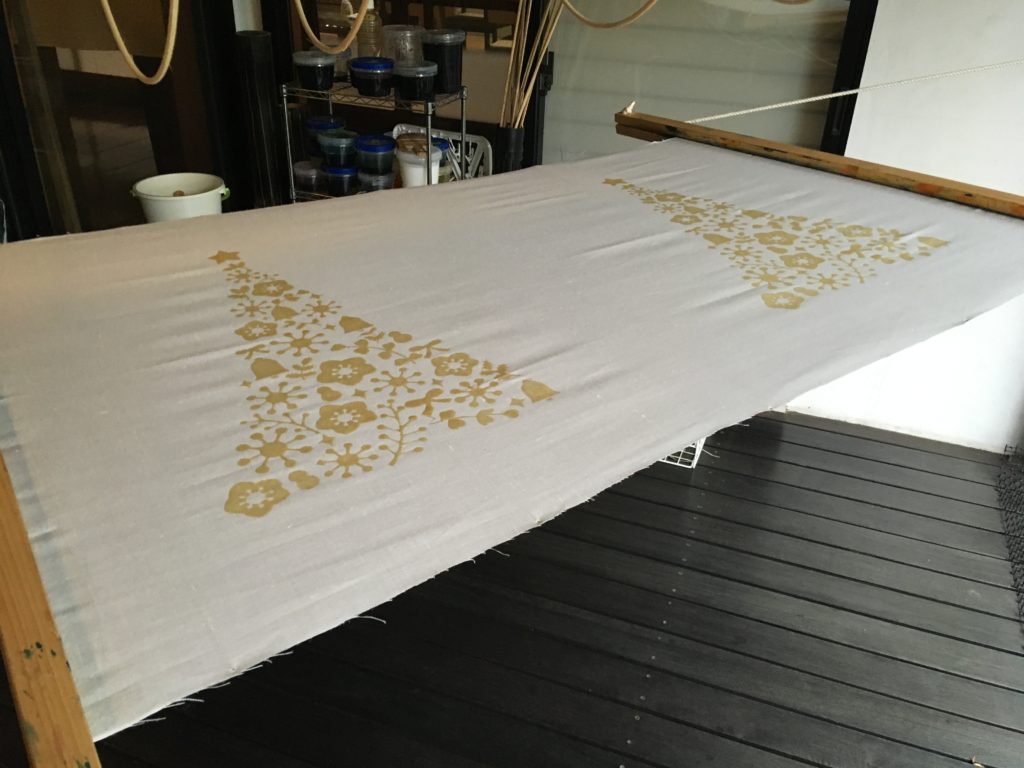
The stencil printing process starts by putting a pattern on the cloth attached to the wooden board, then applying glue over it using a spatula.
It makes glue to cover the places which are cut out. The areas covered by glue won’t get dyed and remain white.
After applying glue, leave it for a while and dry it well. Remove the pattern and hang it using tools called Hariki and Shinshi. Using these tools, make the cloth stretch tight. Then, apply the sizing liquid from the front and back to reduce the absorbency of the cloth.
When you add the color with a brush, you need to do it quickly. Otherwise, it will get uneven.
For intricate design, add colors using brushes of various sizes.
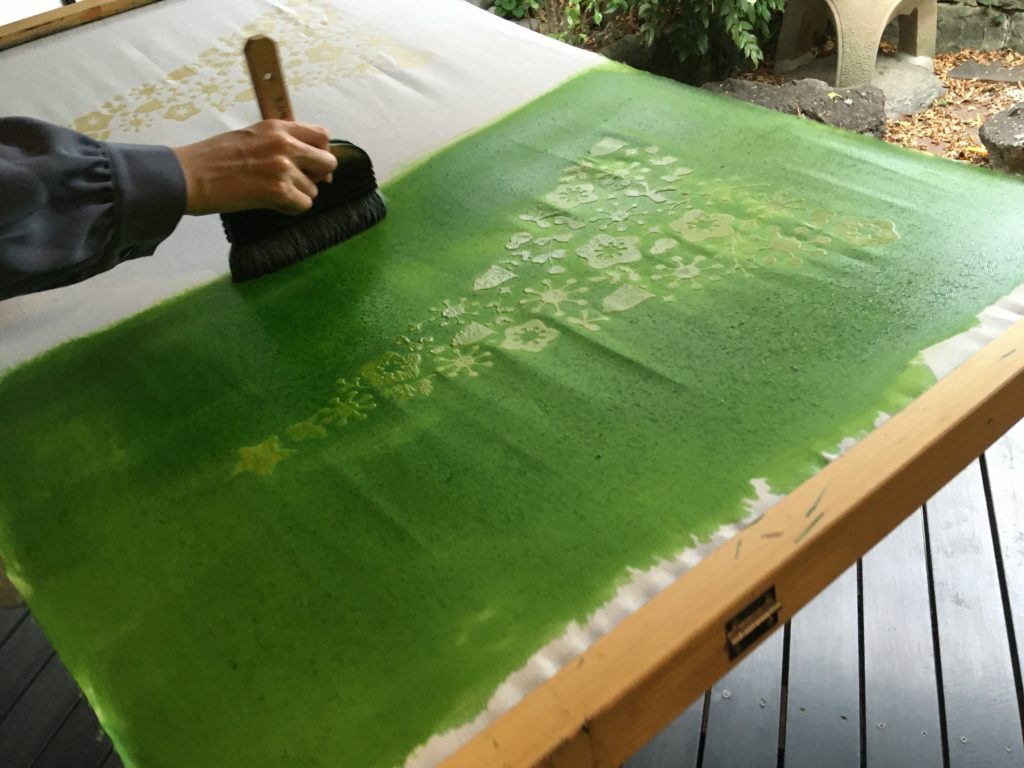
Then leave it dry and color for a second time. Dry it and apply fixative, and leave it for about 1 hour again.
By rinsing it, remove glue and extra dye. After that, soak it in lukewarm water with chemicals that prevent the color from fading. After drying completely, it’s finally done.
<Please watch this for the Katazome process. >
Some process depends on the weather
I: How long does it take to dry the glue?
S: It depends on the weather or season. It will dry sooner in a dry season. Sometimes, it only takes 30 minutes. However, in humid seasons like Summer and rainy season, it won’t dry quickly.
If the glue is not completely dry, the color will run. While waiting for glue to dry, I work on other pieces.
I may have to sprinkle rice bran after applying the glue to the cloth. It removes stickiness and makes it bumpy.
I: What kind of glue do you use?
S: It’s a paste form and made of a mixture of glutinous rice and rice bran. The color is light ochre and not white. There are artisan mix other colors like blue to make it easy to see.

I: Is it easy to remove the glue?
S: Yes. By soaking it in the water, dried glue gets soft. Jiggling it in the water make glue come off.
I: How do you make gradation color?
S: I make several different colors and add colors using a brush. It is essential to add the lightest one first, then adding darker colors in order. When you dye using brushes, you can do any pattern design.
I: All the processes are done by hand.
S: Yes. But I can use the pattern till it gets broken.
I: I think it is a real hard work to make the pattern.
S: I make my patterns using crafts knives, so it takes time to finish intricate designs. Sometimes, I have stiff shoulders. If the cut space is too small, the glue won’t stick to the cloth. So it needs some length or width. It is possible to adjust the glue’s softness for the pattern, but it isn’t easy if it is a millimeter size.
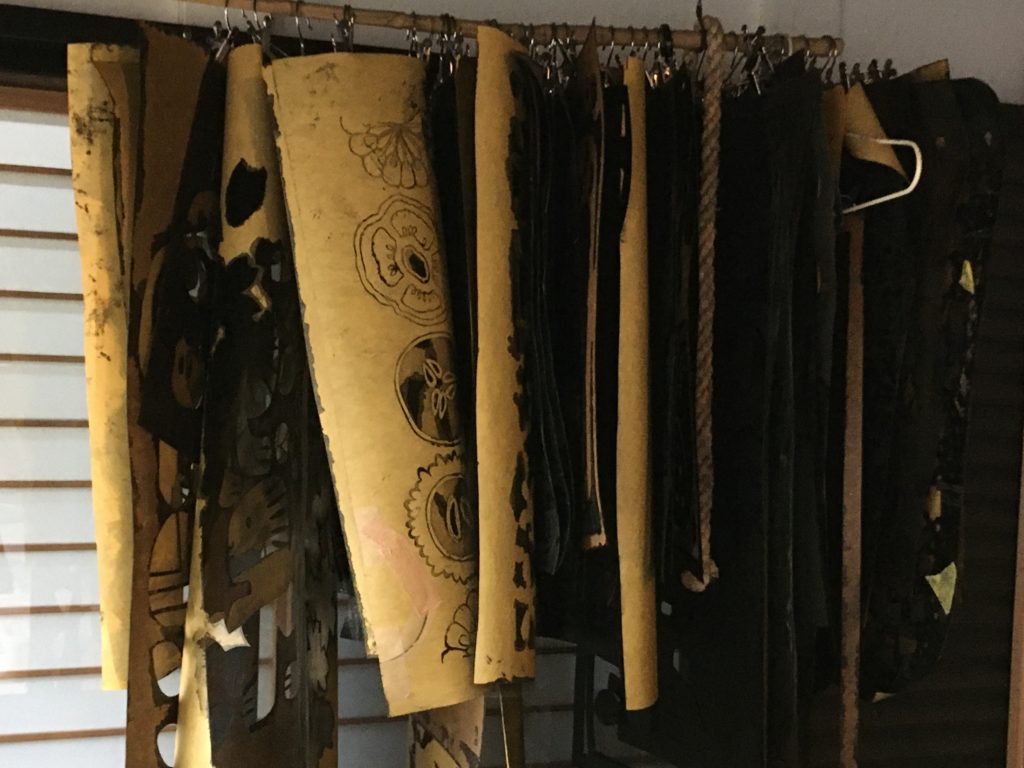
I: Are there many different kinds of glue and dyes?
S: Yes. There are many different kinds. I use the ones bought from the shop that specializes in dyeing materials. Some artisans make them on their own.
There are natural dye and chemical dye. I use chemical dye because it is easy to make the same color repeatedly and hard to get uneven. Need to carefully measure the desired amount of dye powder and place it in the water. With natural dye, the amount of dye powder changes with the weather or temperature.
For the glue, I add lime and water to adjust the softness. I also add some salt to keep it longer, especially in Summer.
I: Are you enjoying your work?
S: Finally, I started enjoying it. In the beginning, I kept messing up, and I was hung up on it. But now I am thinking more about the next piece.
I: Dyeing is one of the traditional Japanese crafts. What has changed from before?
S: Dyeing techniques were mainly used for kimonos. But our lifestyle changed, and now artisans can’t make a living from it. Many artisans left the dyeing business. These days artisans are making various pieces using their techniques. I think that is the big difference from before.
I: I see many modern style dyed products.
S: Artisans are trying to arrange classical dyeings to contemporary style.
I: By the way, I read there is a cloth called Sarasa.
S: Yes. The cloth is originally from India, I think. (Chintz is called Sarasa here in Japan.)
I: Is it your real name?
S: Yes.
I: Wow. Sarasa and dyeing.
S: I may have followed my name… Before I knew it, I was going for a textile dyeing artist.
I: When I saw your name, I thought maybe using a different name.
S: Many people say so, but it’s a real name.
I: What kind of pieces are you making these days?
S: I want to make something you can wear or carry so making scarfs and handkerchiefs. I’ve been thinking about plant motifs’ pattern design like using fruits and flowers in the garden.
I: How do you decide the color?
S: I decide colors by drawing using colored pencils or photoshop. For some of the nature motifs, I use original color.
I: This is the last question. What do you see in the future?
S: I want to dye various types of textiles, make clothes, and try using natural dye. Also, I want to open my studio.
I: Thank you for today. Please let me know when you open your studio!
S: Yes. I will try my best till then!
At last…
When I saw her works for the first time, they gave me a gentle feeling. After talking with her, I understand where the feeling is coming from. I can not wait to see what the future hold for a young textile artist!
You can check her works at the link below.
instagram: https://www.instagram.com/sara_y_a/

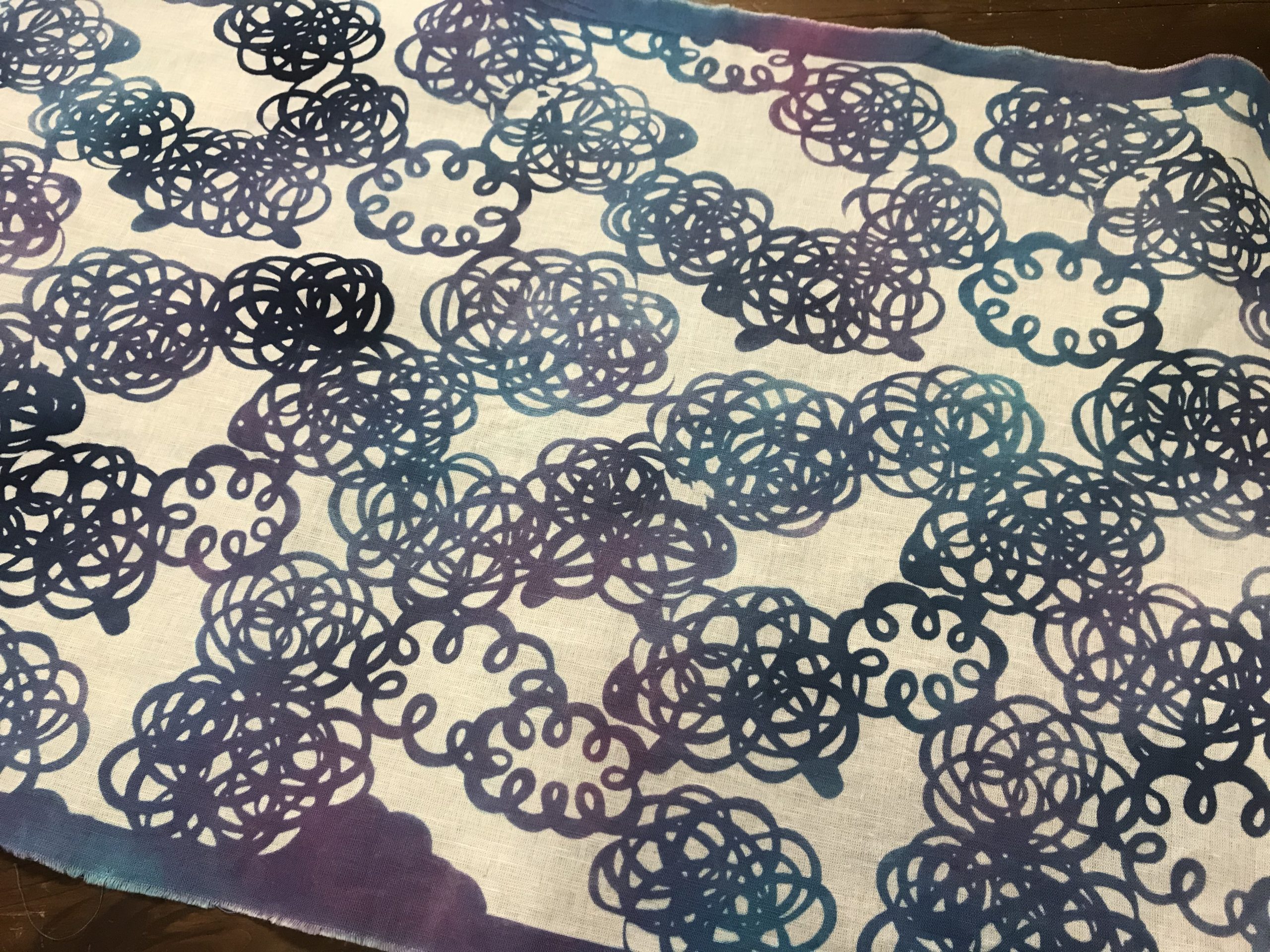

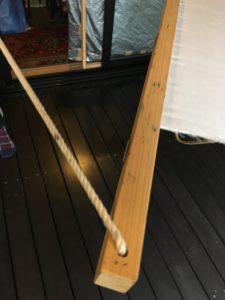
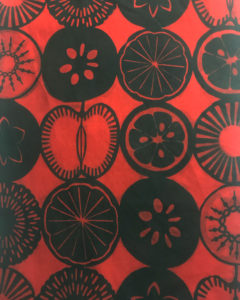
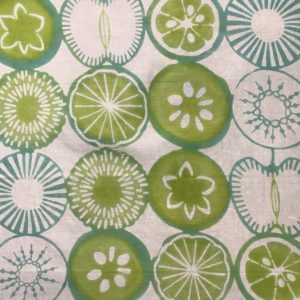



Comments